45 Is The New 20
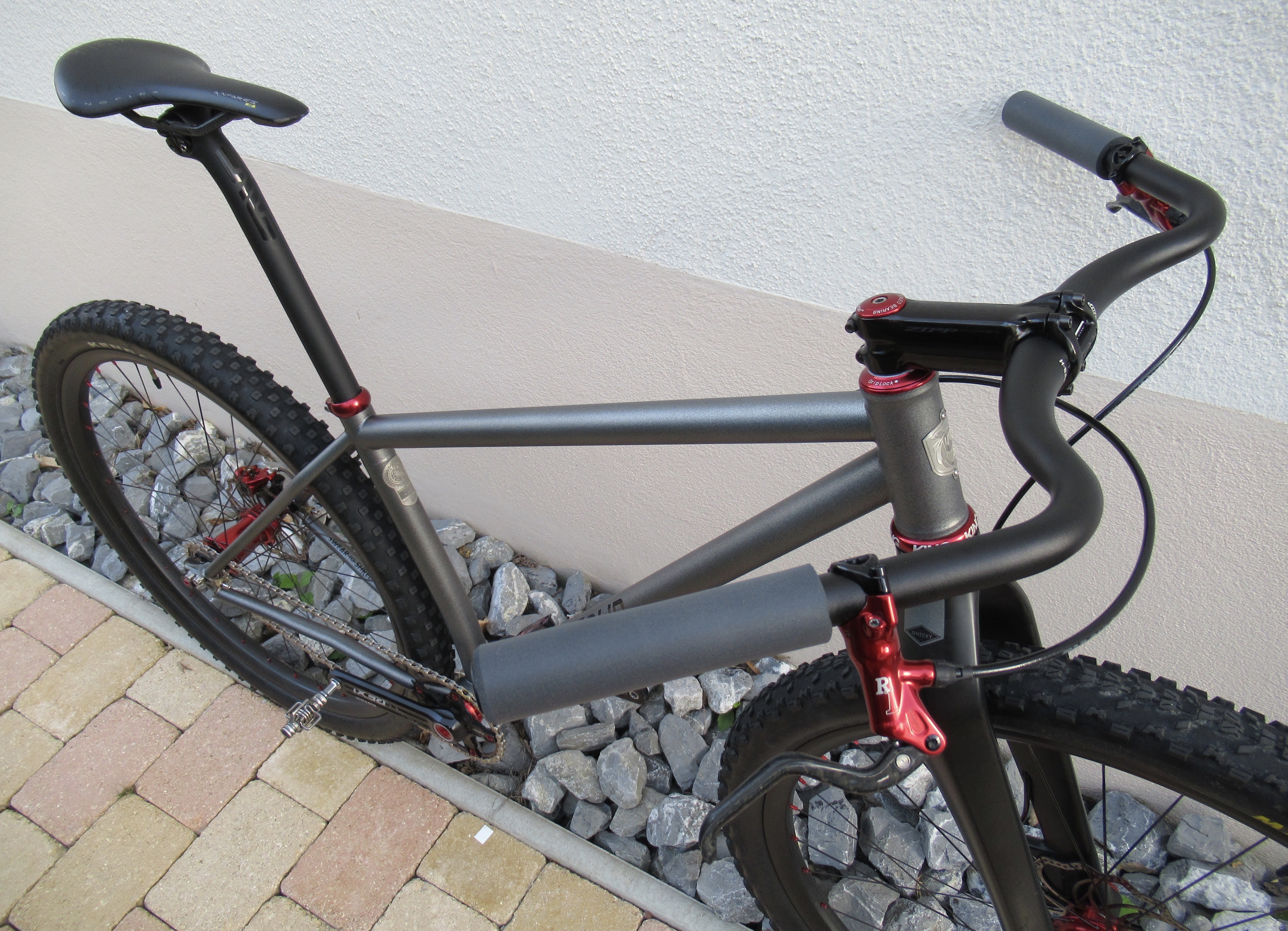
Although that statement seems fitting, I'm not talking about age here. In the second installment of Tales Of A Successful Experiment these numbers reflect where I've landed with handlebars in over thirty years of mountain biking. If you started in this sport in the 80ies, your first mountain bike had a flat bar with some back sweep. As you got into the 90ies the handlebars of your XC bike got narrower. To get better leverage while climbing, you added bar ends. Chances are high these were sporting big Onza logos; maybe they were 3D purple too. As time moved on, handlebars grew wider and started to rise. Somehow, the mountain bike community collectively decided that it was uncool to combine a riser bar with bar ends and that was the end of those handlebar extensions unless your name was Fred. Fast-forward to the turn of the century to the arrival of 29-inch wheels. The larger wheels moved the whole cockpit upwards and out of necessity, the flat bar returned.
During my mountain biking career, I went through all the above. When my single-speed mountain bikes started rolling on 29-inch wheels, I started with flat bars with a sweep in the neighborhood of 12 degrees. In 2012 I swapped those bars for Answer Carbon 720 20/20 with a 20mm rise and a 20° back sweep. It was instant love and I used them for several years. Always intrigued by Jeff Jones' H-bars and the arguments he made for them, I decided to give them a try this year.
I bought Jones' aluminum H-Bar Bend 710 model, which is as the name suggests 710mm wide and like every Jones handlebar comes with a 45° back sweep. Stem length unchanged, this puts the hands much closer to the body and puts the rider in a more upright position. For a single-speed rider like myself, the hand position allows one's back - and upper body in general - to do a lot more work while climbing out of the saddle. Think of a rower pulling a pair of oars. This is much harder to do when hunched over like the traditional XC rider position. The Jones H-Bar allows you to use your arms and upper body to get more power to the pedals. Climbing though is not the only thing at which the handlebar excels. The huge rearward sweep is just as much about improved control while descending or riding technical single-track.
Such a radical change in hand position can take some time to get used to. Jeff Jones says riders should give themselves up to a month to adjust. The very first time I sat on the bike, the bar felt a little awkward. But three short trial rides just on my neighborhood streets were enough for that awkwardness to disappear. On my first trail ride, the bar already felt natural. Climbing felt amazing and descending was all smiles. After three rides I knew that I'd entered a new handlebar chapter. 45° is where it's at. 45° is the number that'll define every cockpit of any future mountain bike I may build. Back sweeps lower than 20 degrees? Ancient history!
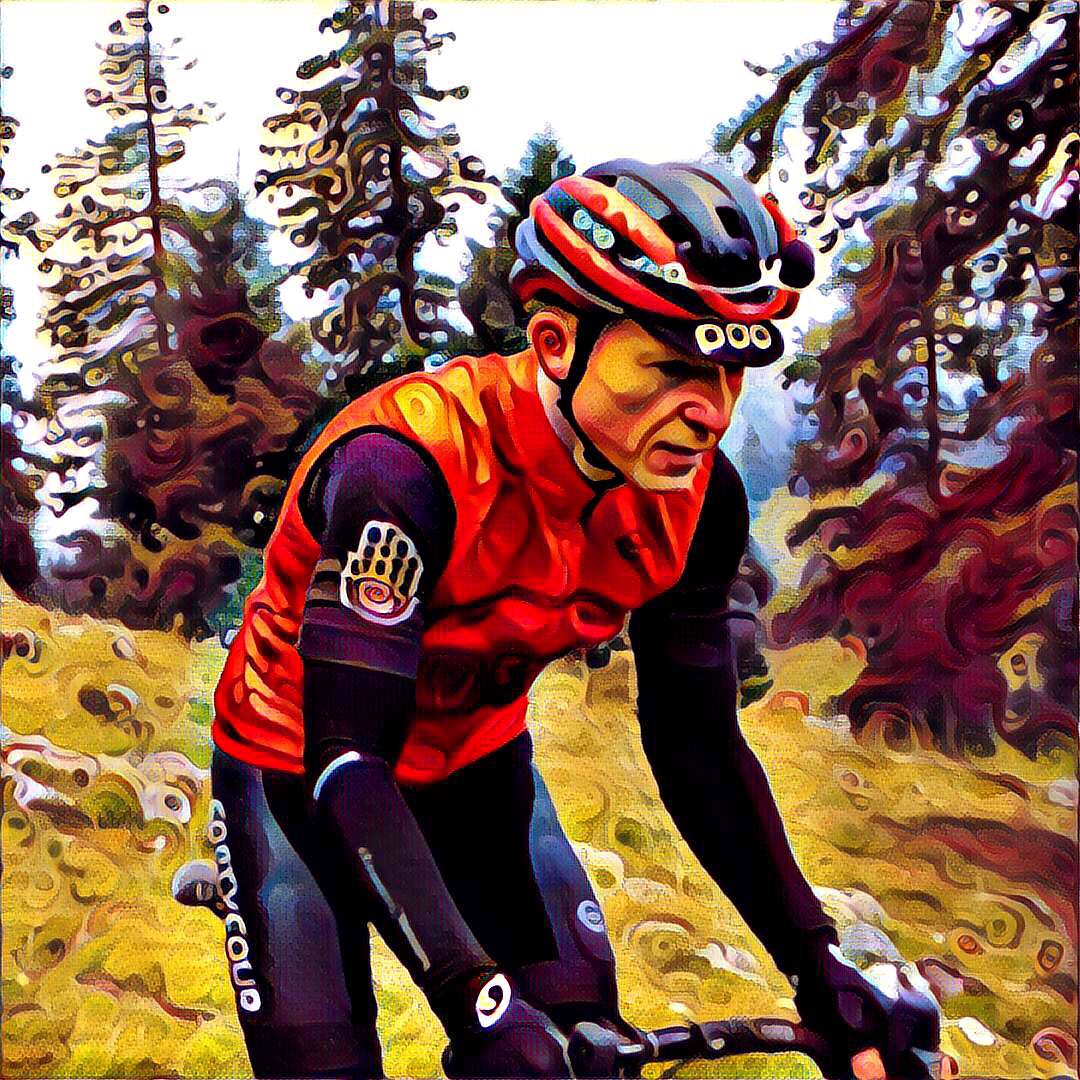
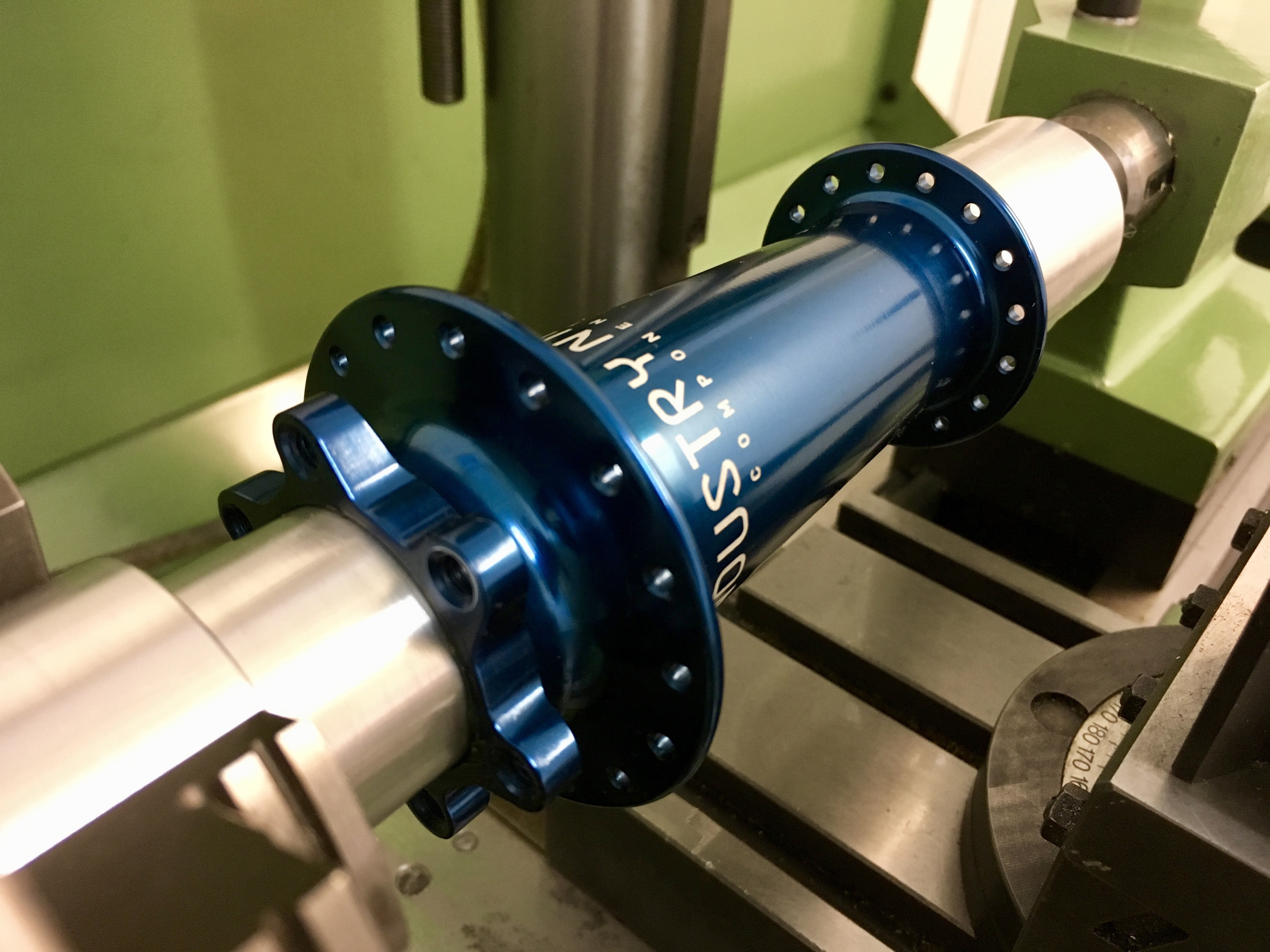
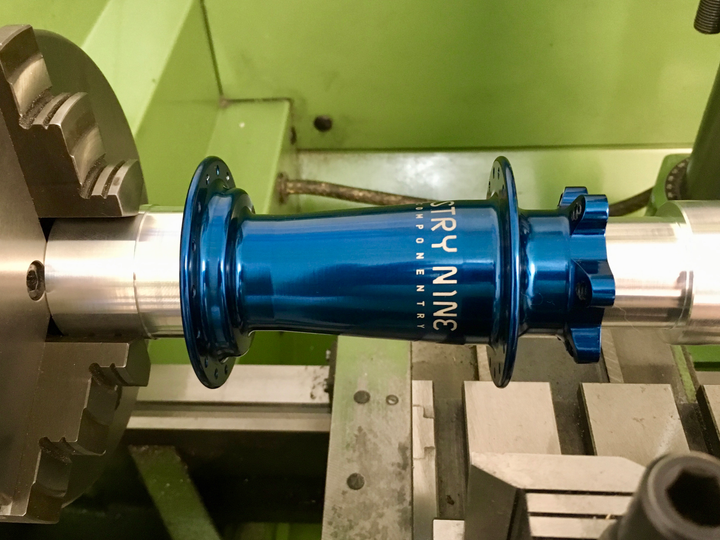
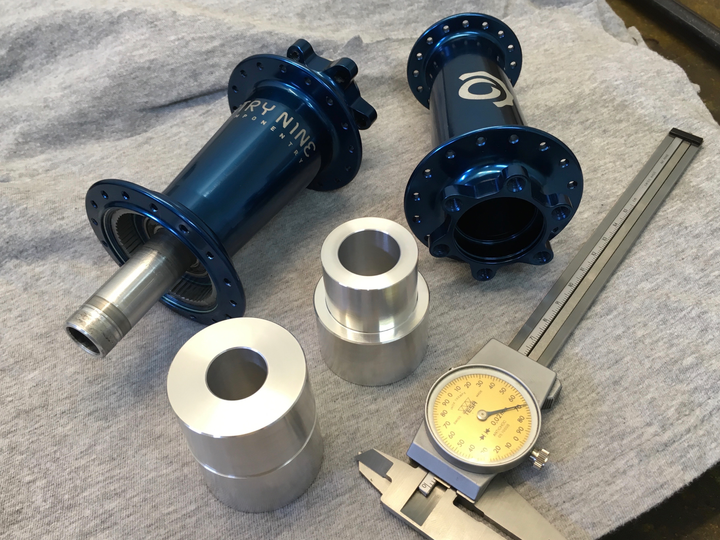
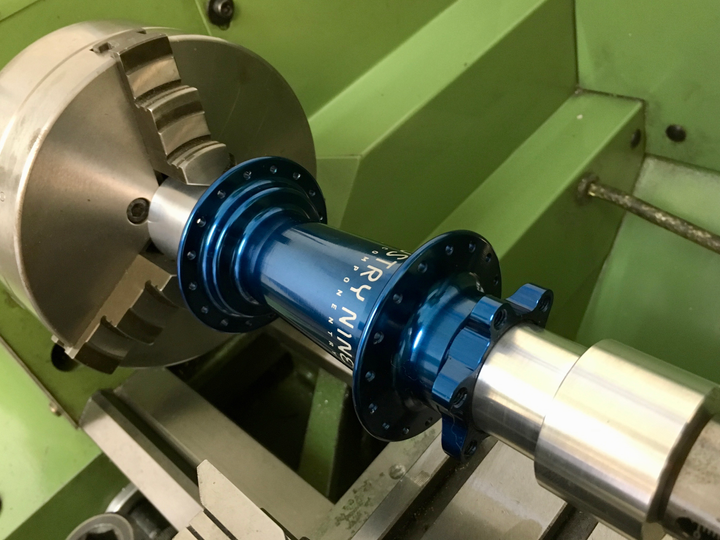
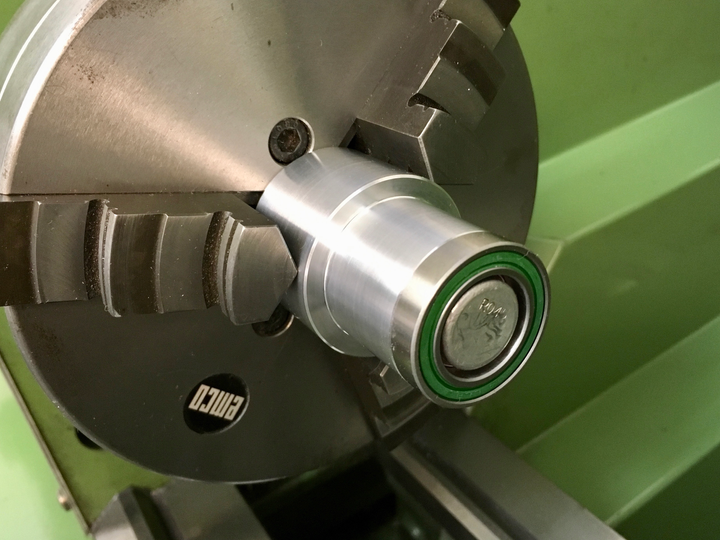
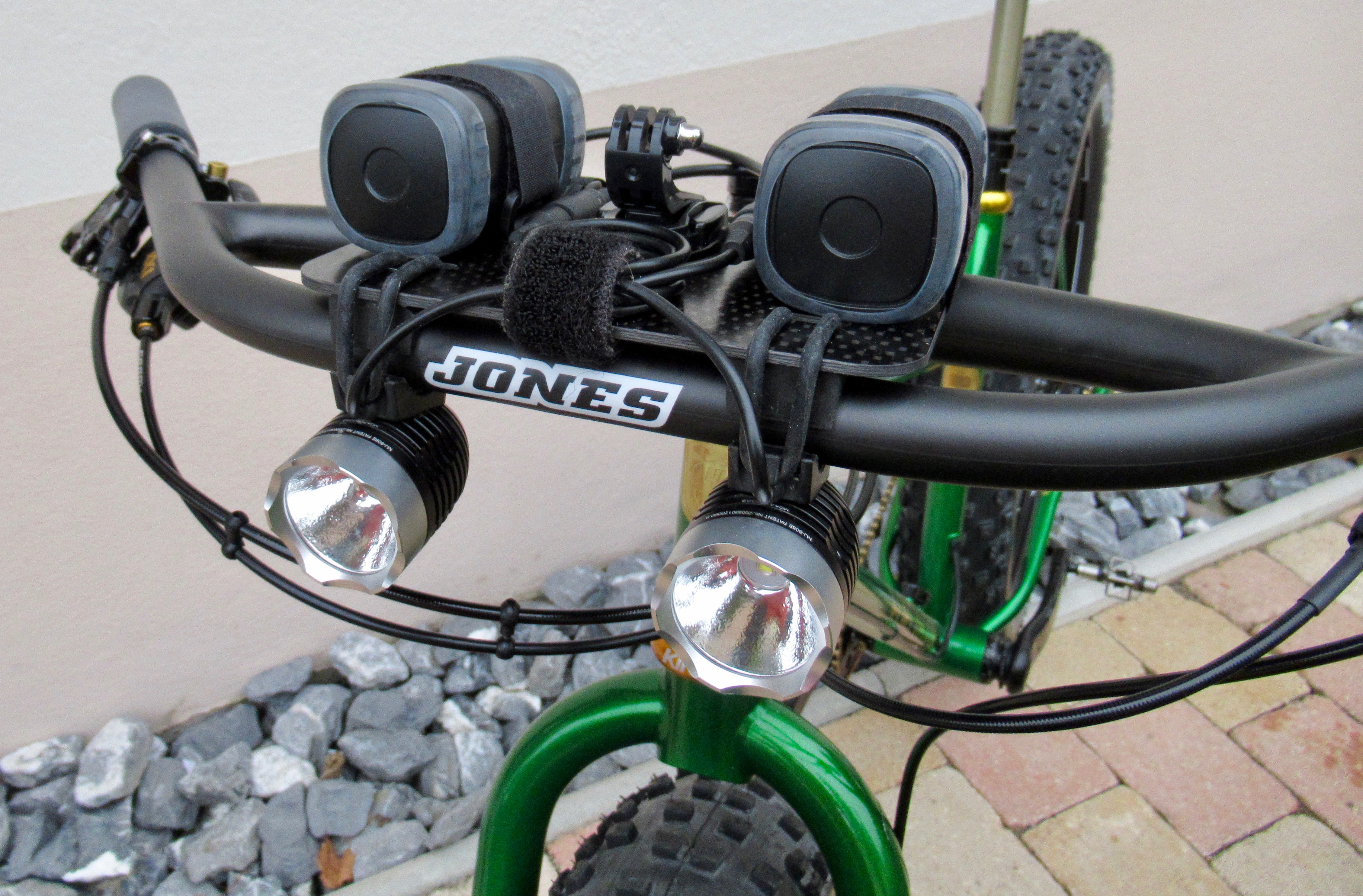

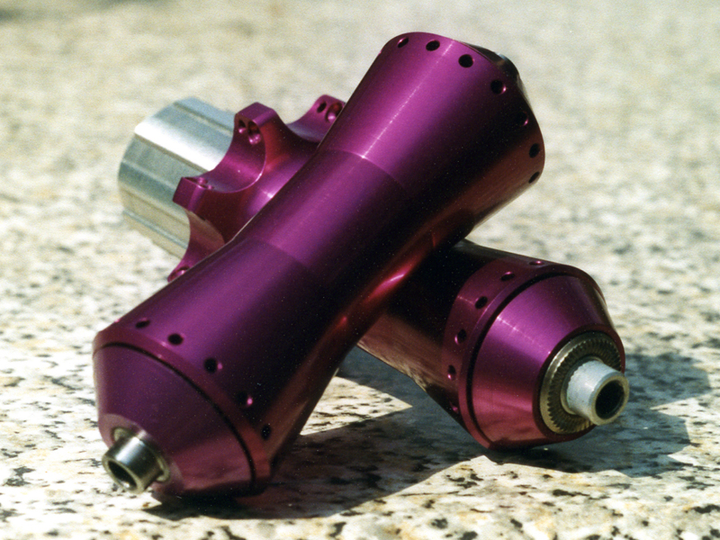
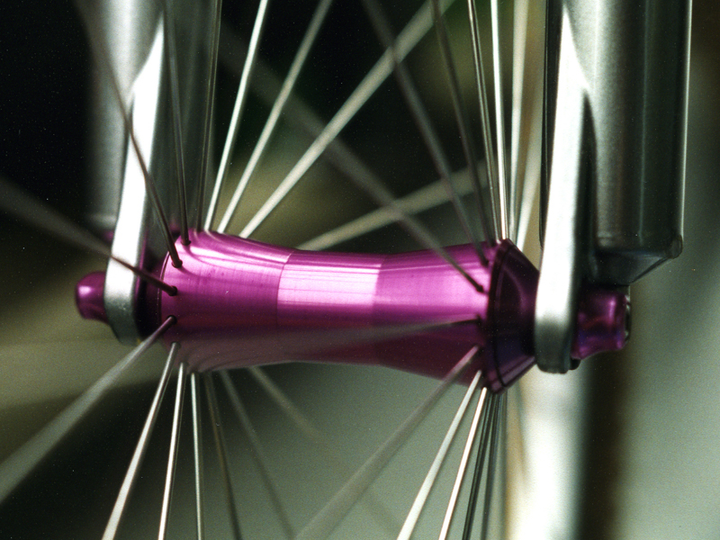
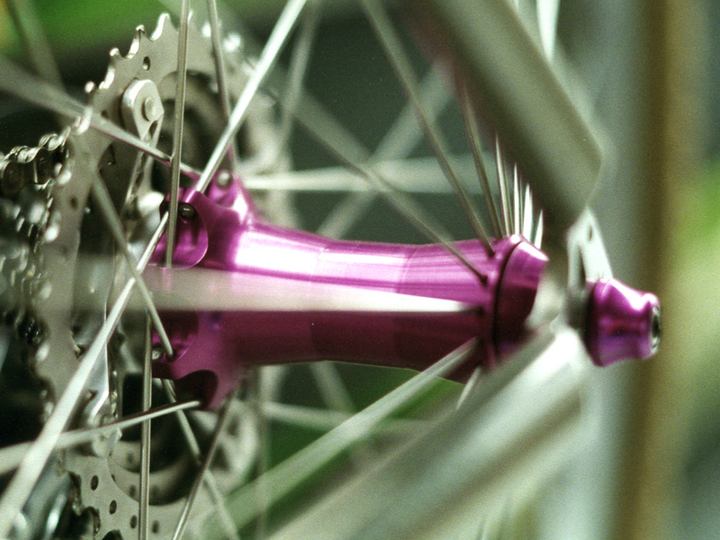
Comments